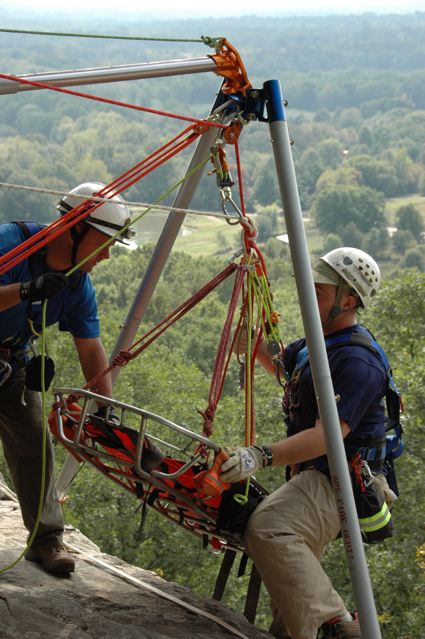Firefighters are conditioned to reach for the water as soon as they arrive on scene. It makes sense, doesn’t it? Put water on the fire and it goes away. 5 of us went to a course last weekend where the instructor made a pretty convincing case that the ventilation fan should be the first thing off of the truck. The Comox Valley Chiefs Association brought in the guru of a technique that is quickly taking hold called “positive pressure attack”. Kriss Garcia has been championing, honing, and researching PPA for over 20 years now.
The idea goes like this. Fire is predictable and can be extinguished. Smoke, on the other hand, will obscure any visibility, will kill occupants, and can explode if conditions are right. If you can create an exhaust hole, and turn on a large fan at the front door you can clear the smoke and reduce the temperature in the building in just a few seconds. Firefighters can then enter a building and search for occupants and the fire by walking through the building instead of crawling.
Kriss has disproven many myths put forward by people wary of PPA. He has shown that blowing the smoke and heat through the building will not advance the fire. Firefighters that are caught between the fire and the exhaust hole feel no increase in heat. Positive pressure will not blow fire into electrical outlets or holes in the wall.
We’re very excited to try out this new technique in our upcoming practices. Its not everyday that you learn something that turns a whole industry’s methodology on its head.



